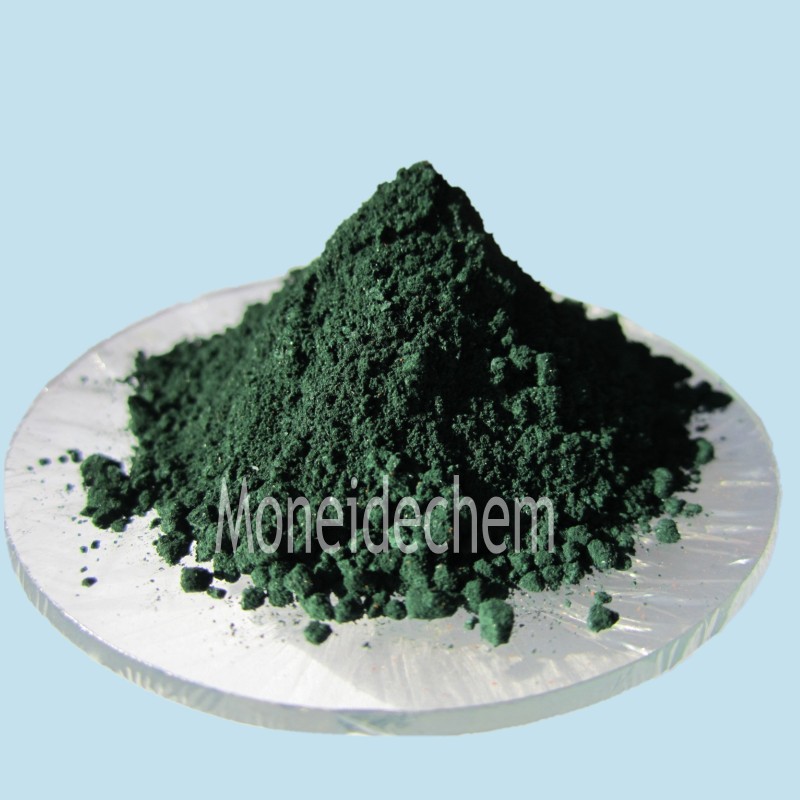Welina mai iā Tangshan Moneide Trading Co., Ltd.
Nā Mea Kimi Moneide
Tel: 86-315-8309571
WhatsApp/WeChat/Mobile: 0086-15633399667
Skype: janet-honest
Leka: sales@moneidechem.com
Wahi: 2-7-523 Jidong Building Materials Tangshan, Hebei 064000 Kina
Basic Green 1, also known as Malachite Green, is a synthetic triarylmethane dye widely used in microbiology and histology. This vibrant green cationic dye exhibits strong affinity for nucleic acids and acidic tissue components, making it ideal for staining bacterial spores, fungal hyphae, and select cellular structures. Its ability to penetrate cell walls allows effective visualization of microorganisms in diagnostic applications. The dye's intense coloration provides excellent contrast in microscopic examinations, while its chemical stability ensures consistent staining results. Researchers value Basic Green 1 for its selective binding properties in various staining protocols.
Basic Green 1 Applications in Aquaculture and Industry
Beyond laboratory use, Basic Green 1 serves as an antifungal and antiparasitic agent in fish farming operations. The dye effectively controls fungal infections on fish eggs and treats parasitic infestations in aquatic species. Industrial applications include textile dyeing for silk and wool, where it produces lasting green hues. Its colorfast properties make it suitable for paper coloring and ink formulations. Despite its utility, regulatory restrictions apply in food production due to potential toxicity concerns. Proper handling protocols are essential when using Basic Green 1 in any application.
Chemical Properties of Basic Green 1
Basic Green 1 demonstrates excellent water solubility and forms stable solutions in both aqueous and alcoholic media. The dye's chromophoric system creates maximum absorption at 617-620nm, yielding its characteristic green color. Its cationic nature facilitates strong electrostatic binding to negatively charged substrates. The compound shows pH-dependent color changes, transitioning from green in acidic conditions to colorless in strong alkali. These properties, combined with its redox sensitivity, make Basic Green 1 valuable for specialized analytical techniques. The dye's versatility stems from its unique molecular structure that balances staining intensity with chemical reactivity.





























